The art of cooking rice and making bread
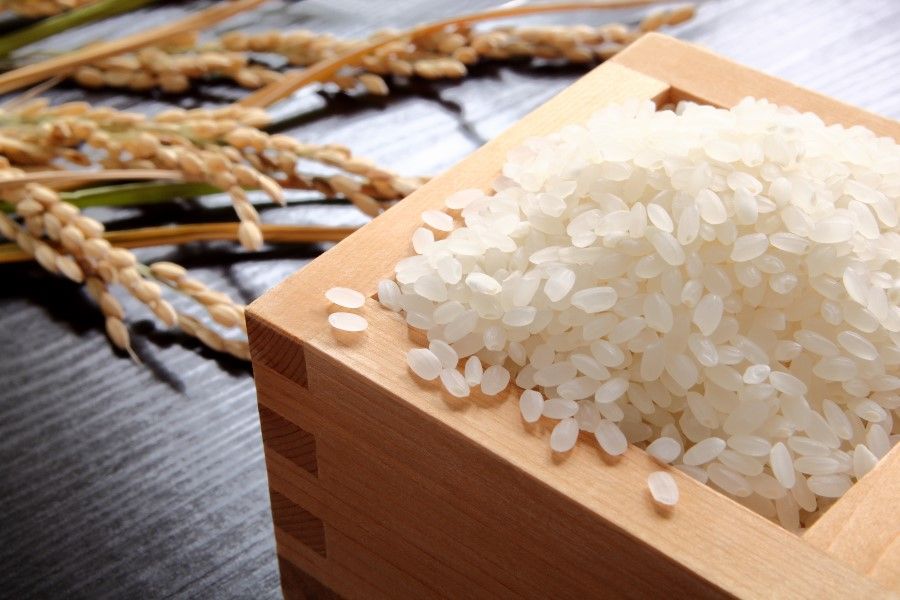
Many ancient poems mention rice. Part of an anonymous poem carved on a rock in Dexing, Jiangxi, reads: "New clothes in summer; new rice in autumn. A good sleep is worth gold." (《德兴邑廨石刻》)
As a child, I heard about old rice and new rice, but I never knew the difference. My family knew a rice seller, so we usually bought rice by the gunny sack, which was probably cheaper. The delivery man always wore a white singlet and dark-coloured shorts; he would come in carrying the sack of rice on his tanned shoulder and drop it in a corner of the kitchen. There the solid mound would sit as scoops of rice were bailed out for each day's porridge or rice, until it was all gone. After a few months, little black weevils would run around in the rice. They were probably harmless; we picked them out and still managed to come up with a pot of clean white rice.
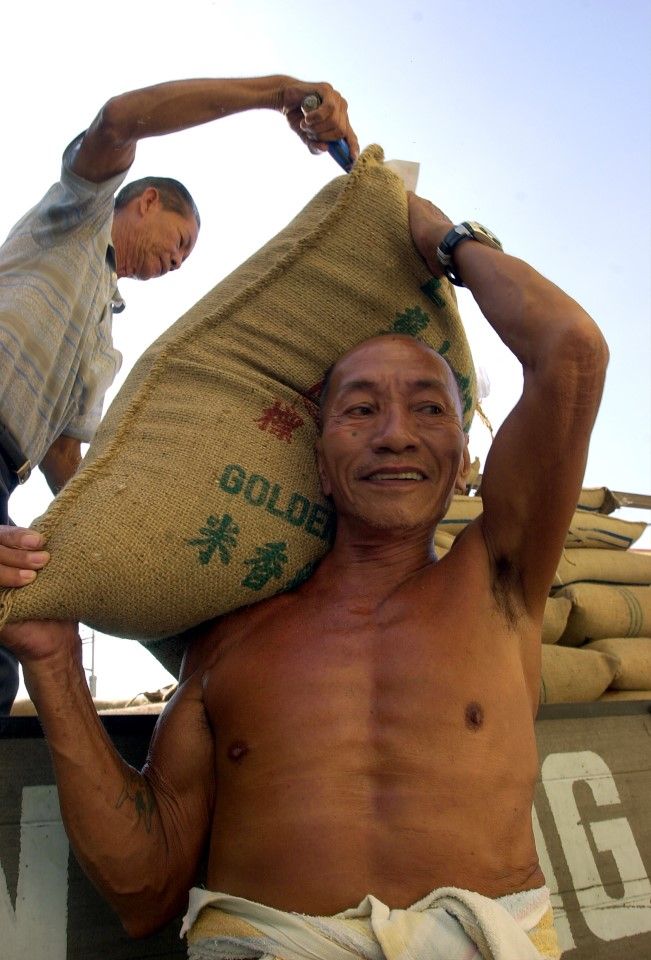
We probably bought old rice. Some say old rice tastes dryer and cleaner, and is "grainier" and not sticky when cooked. In fact, we took so long to get through each large bag of rice that even if we bought new rice, it would have been old rice by the time we finished.
Because eating rice is such an everyday affair, it is easy to keep it inside one's heart.
From steaming rice in a pot to using an electric rice cooker, rice has become a part of our lives, and even though there is a trend for a low-carb and less-rice diet, plain white rice still tastes as fragrant as ever. For instance, simple fare like goose drippings mixed with rice or butter with rice (like in the Japanese series Midnight Diner) still tastes great once in a while.
Celebrating the everyday
Because eating rice is such an everyday affair, it is easy to keep it inside one's heart. The ancient poets wrote lines about "the fragrance of wild rice on the road home" (归路渐香菰米饭) and "no taste of wild rice while dreaming in a foreign land" (客梦未沾菰米饭) - wild rice means black rice, and people still yearn to eat the rice of home.

In her book Buying Guide of an Old-Fashioned Young Woman (《老派少女購物路線》), Taiwanese writer Yuchun Hung (pen name Hong Aizhu 洪爱珠) said while she does own an electric rice cooker, more often than not she cooks rice on a furnace. "Cooking rice on an open fire feels like camping in the wilderness. There is no use of electricity or devices, but the rice is cooked faster and better, with each grain glistening. In fact, the older generation all know how to do it (in the old days, they used to burn firewood, but that is a whole other level). We grew up on a culture of rice, and I feel that cooking rice on an open fire is a life skill." She also described how to cook rice with a pot and furnace.
Search for "cook rice without rice cooker" on YouTube, and you will find many clips of Westerners and Asians living in Europe and the US who have to cook rice in the oldest, most traditional ways because electric rice cookers are not kitchen essentials.
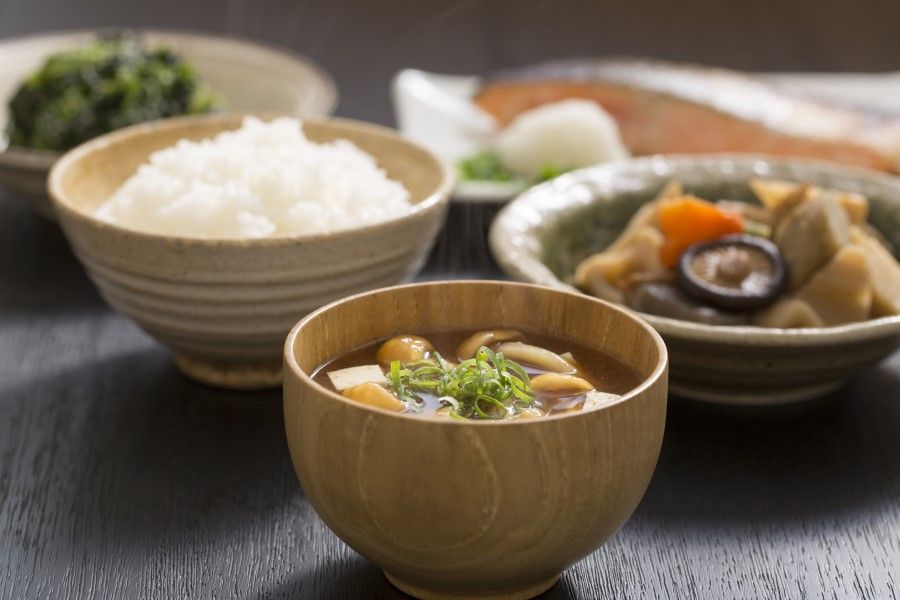
In Japanese cooking, rice is not just a side dish to fill the tummy, but an important part of the overall flavour. In Chinese cooking, it is rare to teach how to cook rice; but a book on the basics of Japanese cooking has a section on cooking rice in an earthen pot, noting that rice cooked in this way tastes best, and it is easy to cook, as long as one can control the heat.
The art of cooking rice
Here is how to cook rice, according to the Japanese cookbook and Hung's book: scoop the rice and soak for 15 minutes, then dry it and allow it to rest for 15 minutes; then put the rice in an earthen pot and add about the same amount of water, as in one cup water to one cup rice; cover the pot and cook on high heat until the water boils, then lower to moderate heat and cook for about seven to eight minutes until the fragrance comes out, then reduce to low heat and cook for another seven to eight minutes, and then turn off the heat. And here is the most important part: do not immediately open the lid, but let the rice cook for another 20 minutes.
If you cook, you will know that whether you are using an earthen pot or electric cooker, that moment when the fragrance of the rice and steam floats out is definitely poetic.
As for when to turn off the heat, Hung writes: "Observe when the steam weakens and the sound quiets down, and the fragrance of the rice and steam comes out, then turn off the heat - the process is poetic." If you cook, you will know that whether you are using an earthen pot or electric cooker, that moment when the fragrance of the rice and steam floats out is definitely poetic. No wonder the ancients had that line about the fragrance of wild rice on the road home.
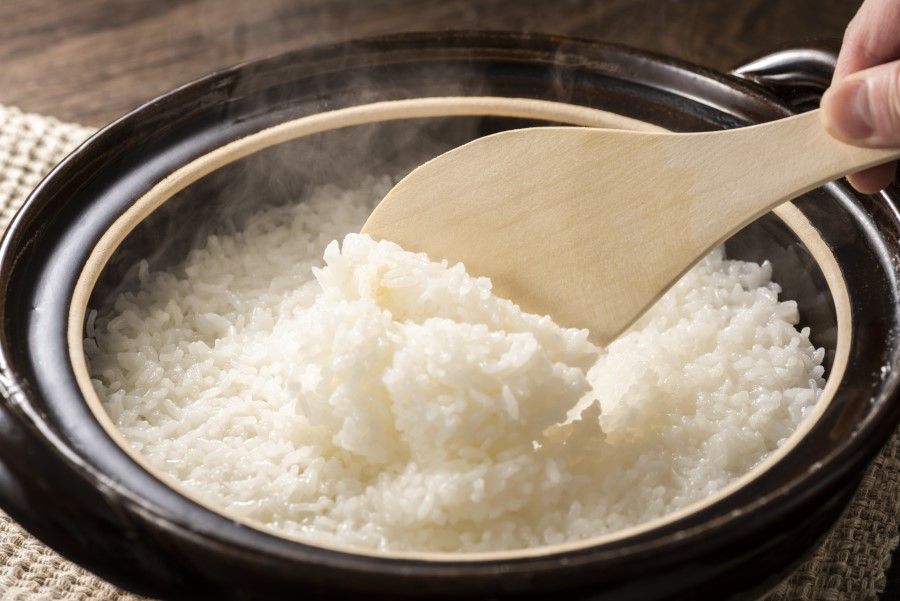
Our ancestors did not start out knowing how to cook rice. Grains have to be digested over a long time, and one's digestion has to be strong. Experts say that in the digestive process, food is chewed and broken up, from big pieces to small pieces and big fragments to small fragments, as part of how food provides energy in the human body. Later on, people found that some steps could be done outside of the body; removing husks from rice grains and polishing it, adding water and heat and cooking it would make it much easier to digest and increase the energy provided to humans.
Wheat grains are just as tough, and following a similar process of de-husking and polishing, and being ground into flour, add water and heat and bake it, and it becomes bread.
An ode to bread
Chilean poet Pablo Neruda wrote an Ode to Bread, and an English extract reads:
"Bread, you rise from flour, water and fire. Dense or light, flattened or round, you duplicate the mother's rounded womb, and earth's twice-yearly swelling. How simple you are, bread, and how profound! You line up on the baker's powdered trays like silverware or plates or pieces of paper and suddenly life washes over you, there's the joining of seed and fire, and you're growing, growing all at once like hips, mouths, breasts, mounds of earth, or people's lives. The temperature rises, you're overwhelmed by fullness, the roar of fertility, and suddenly your golden colour is fixed."
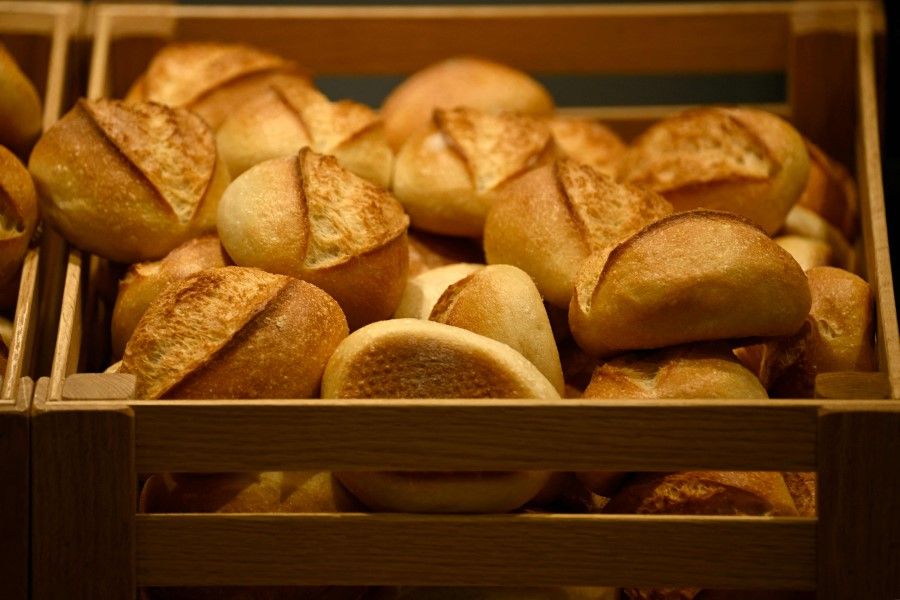
If you like breadmaking, this would be familiar. Neruda poetically describes the birth of bread from another perspective.
Rice and bread are most ordinary, but the culture of eating them flows in our veins.
French poet Eugene Pottier not only wrote the lyrics to the socialist anthem L'Internationale and led the Paris Commune, but also wrote an ode to bread, Ce que dit le pain (lit. What the bread says): "I hear people say in jest/What does the bread say when we cut it?/It would be easy to listen/There is none so eloquent as soup/Wheat flour or buckwheat flour/It invites our stomach/Do you know what it says?/Do you know what it says?/It says: "Eat, I am life!"

Rice and bread are most ordinary, but the culture of eating them flows in our veins. Eileen Chang said: "When you have it, it's rice. When you don't have it, it's moonshine." Rice or moonshine, the people of the Tang dynasty led a different life: "Returning home at dusk to a full meal with rice, lying in the moonlight without taking off one's raincoat (归来饱饭黄昏后,不脱蓑衣卧月明)."
